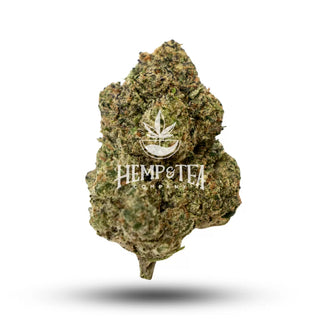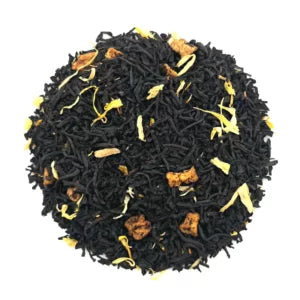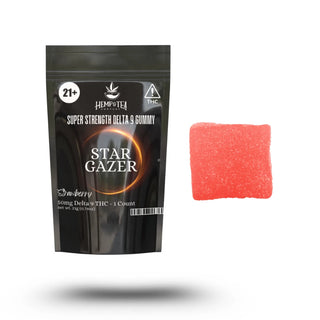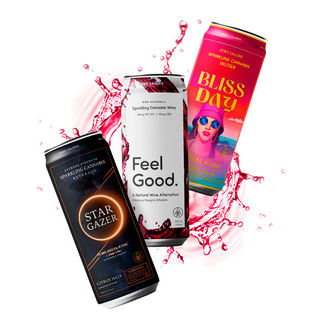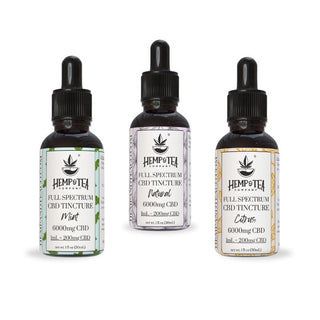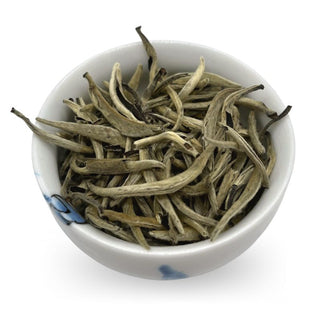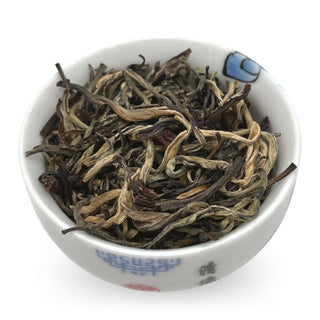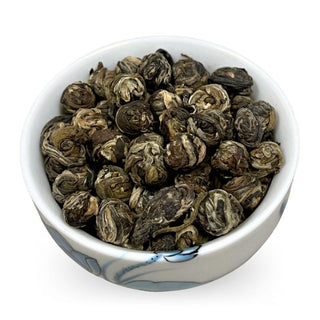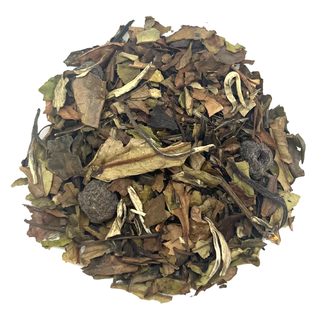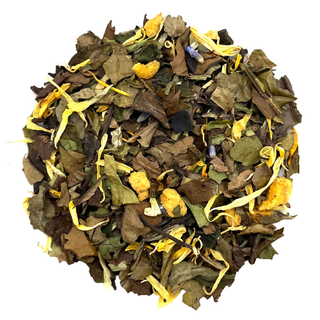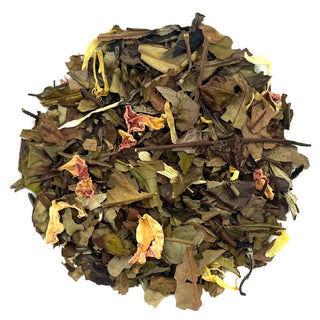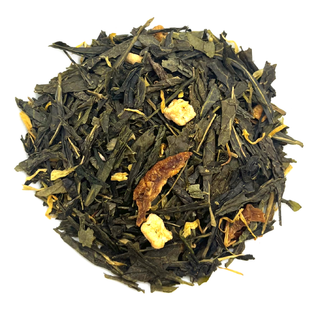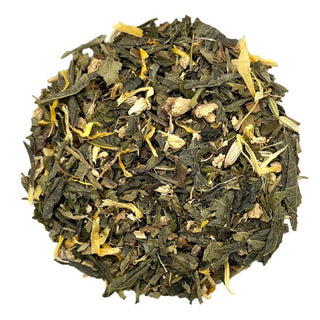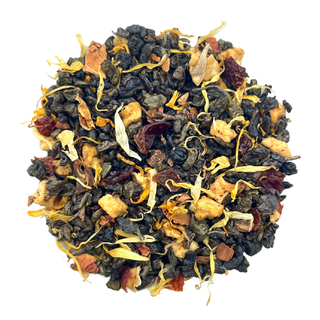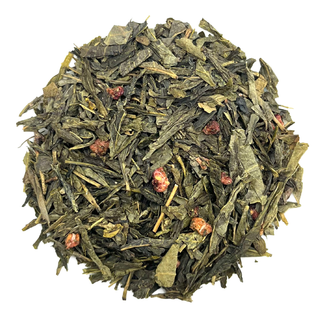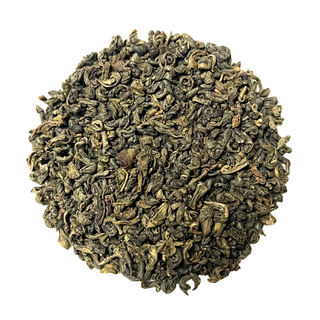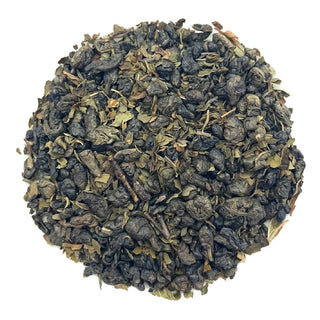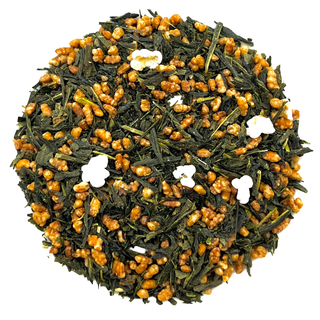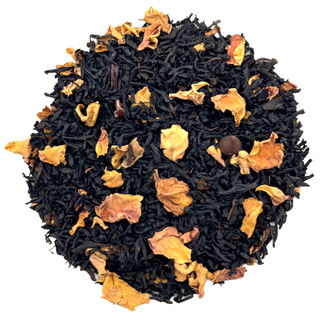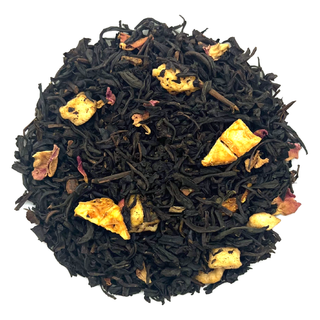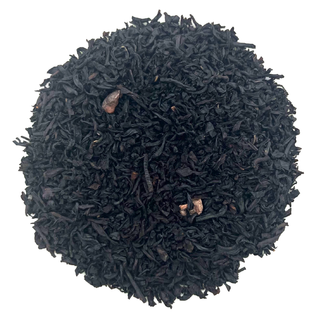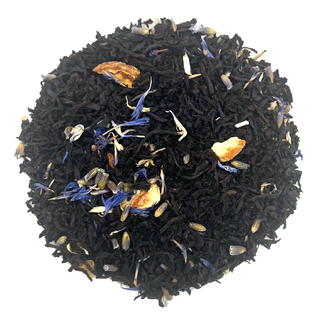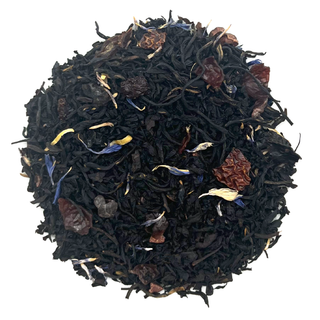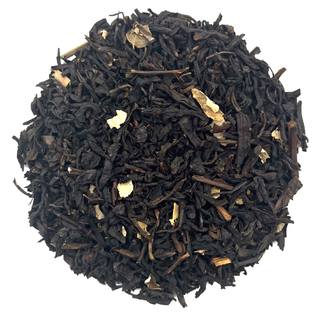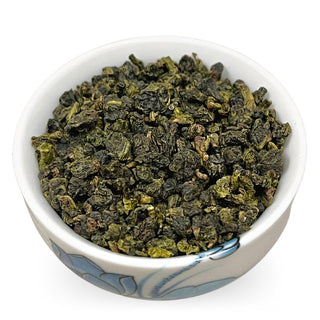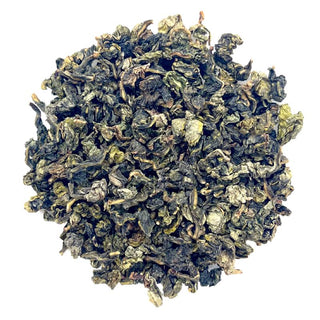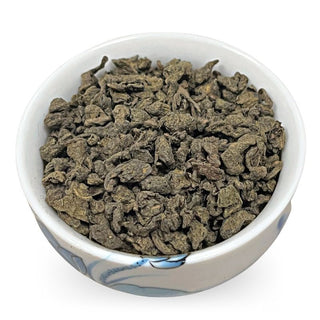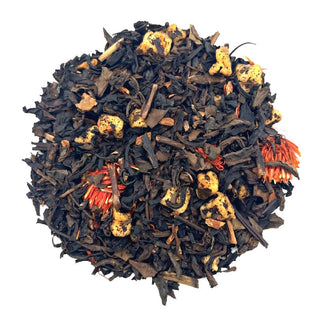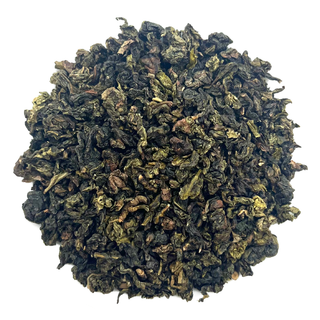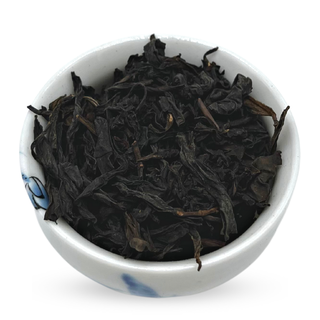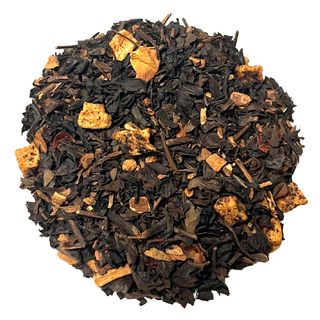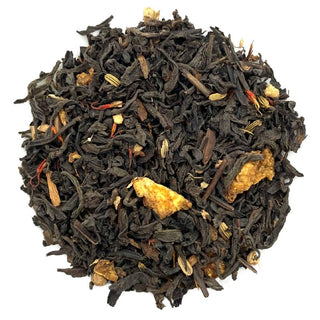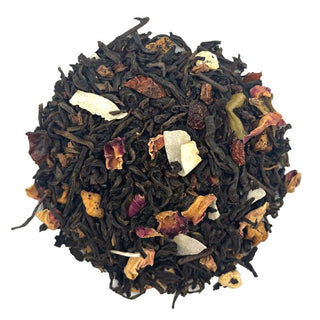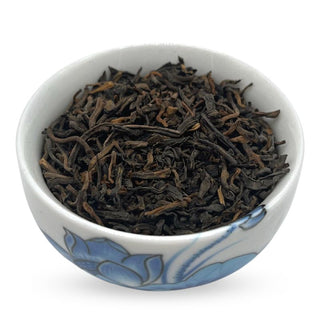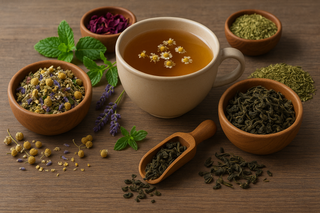
Loose-Leaf Tea Brewing Guide
Mastering the Art of Brewing Black, White, Oolong, Green, and Pu-erh Teas
Brewing loose-leaf tea correctly is the key to unlocking its full flavor, aroma, and health benefits. Each type of tea requires specific water temperatures, steeping times, and leaf-to-water ratios to ensure the perfect cup.
This guide covers black tea, white tea, oolong tea, green tea, and pu-erh tea, with tips for both traditional and modern brewing methods.
General Loose-Leaf Tea Brewing Principles
Before diving into the specific types, follow these universal best practices:
- Use fresh, filtered water for the cleanest taste.
- Measure carefully: Generally, 1 teaspoon (2–3 grams) of loose-leaf tea per 8 oz (240 ml) of water. Adjust to taste.
- Mind water temperature: Too hot and delicate teas become bitter; too cool and they taste flat.
- Don’t oversteep: This can cause excessive tannin extraction, leading to bitterness.
- Pre-warm your teapot or cup to maintain stable brewing temperature.
White Tea
White Tea is made from young, minimally processed tea leaves, picked from the camellia sinesis plant. The bud and two youngest leaves just below it are picked and sun dried, without additional roasting.
White tea contains the least amount of caffeine, containing anywhere from 6 to 55mg per cup (250ml).
Brewing instructions:
- Water Temperature: 160–185°F (71–85°C)
- Leaf-to-Water Ratio: 2 tsp per 8 oz water (white tea leaves are fluffier and less dense)
- Steeping Time: 45 sec - 1 min
- Flavor Profile: Light, sweet, floral, with delicate complexity.
- Brewing Tip: White tea is less processed, so use slightly more leaf and lower water temperature to preserve its natural sweetness.
- Best Time to Drink: Afternoon or evening for a gentle, low-caffeine experience.
Green Tea
Green Tea is made from young leaves and buds from the camellia sinensis plant that have not undergone the same withering and oxidation process as Black or Oolong Tea.
One 8oz cup of Green Tea will average about 25mg of caffeine, improving mental function and clarity.
Brewing instructions:
- Water Temperature: 160–185°F (71–85°C)
- Leaf-to-Water Ratio: 1 tsp per 8 oz water
- Steeping Time: 45 sec - 1 min
- Flavor Profile: Fresh, grassy, vegetal, sometimes nutty or floral.
- Brewing Tip: Overheating water or oversteeping causes bitterness—err on the side of cooler water and shorter time.
- Best Time to Drink: Morning to early afternoon for a gentle, focused lift.
Black Tea
Black Tea, also known as Red Tea, is more oxidized and stronger in flavor than other types of tea. It's made by withering mature leaves, hand or machine rolling, oxidizing, and then drying.
Like other types of tea, Black Tea contains caffeine, but will contain the highest concentration at an average of 45mg per 8 fluid oz.
Brewing instructions:
- Water Temperature: 200–212°F (93–100°C)
- Leaf-to-Water Ratio: 1 tsp per 8 oz water
- Steeping Time: 45 sec - 1 min
- Flavor Profile: Robust, malty, brisk, sometimes floral depending on the origin.
- Brewing Tip: If you prefer a stronger brew, add more tea leaves rather than increasing steeping time to avoid bitterness.
- Best Time to Drink: Morning or early afternoon for an energy boost.
Oolong Tea
Oolong is a partially oxidized form of tea made in a similar process to Black Tea, but with much more attention paid to the drying of the leaves. Most often, the leaves are semi-oxidized in the sun, then shade dried and wok-fired to halt the oxidization process.
On average, an 8oz cup of Oolong Tea will contain 35mg of caffeine, placing it in between Green Tea and Black Tea.
Brewing instructions:
- Water Temperature: 185–205°F (85–96°C)
- Leaf-to-Water Ratio: 1 tsp (rolled) or 2 tsp (open leaf) per 8 oz water
- Steeping Time: 45 sec - 1 min
- Flavor Profile: Floral, fruity, creamy, or roasted depending on oxidation level.
- Brewing Tip: Oolong teas are ideal for gongfu brewing (short, repeated infusions in a small teapot or gaiwan).
- Best Time to Drink: Midday for balanced energy without jitters.
Pu-erh Tea
Pu-erh is a type of tea that has been fermented after undergoing similar drying and rolling process to Black Tea. As part of the unique process, pu-erh can be aged for months or even years. It is common to see this tea in a compressed cake form as well as loose leaves.
This type of tea is right under Black Tea in caffeine content, averaging 35mg of caffeine per 8oz cup.
Brewing instructions:
- Water Temperature: 200–212°F (93–100°C)
- Leaf-to-Water Ratio: 1 tsp per 8 oz water
- Steeping Time: 1 - 2 mins
- Flavor Profile: Earthy, rich, mellow; sheng is more floral/woody, shou is deeper and smoother.
- Brewing Tip: Rinse the leaves briefly (5–10 seconds) with hot water before the first infusion to “wake up” the tea and remove dust.
- Best Time to Drink: Afternoon for a calming yet energizing experience.
Extra Brewing Tips for Loose-Leaf Tea
- Re-steeping: Many high-quality teas can be brewed multiple times; adjust steep time for each infusion.
- Storage: Keep tea in airtight containers away from light, heat, and moisture to maintain freshness.
- Water Quality: Minerals in water can affect flavor—use spring or filtered water for best results.
- Teaware: Match your brewing vessel to the tea—glass for green/white, clay for oolong/pu-erh, porcelain for black.



